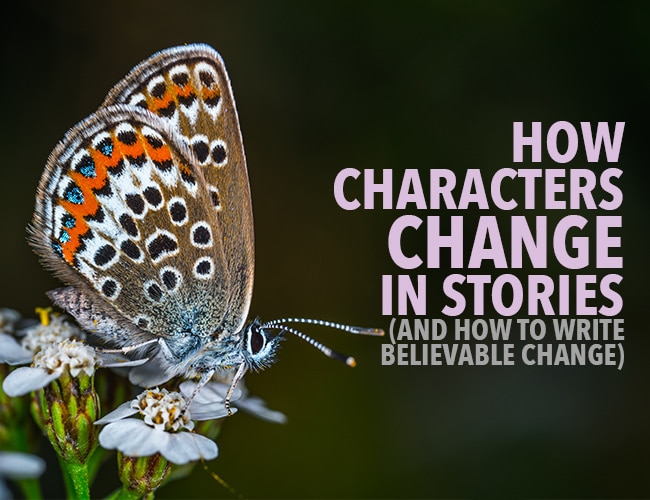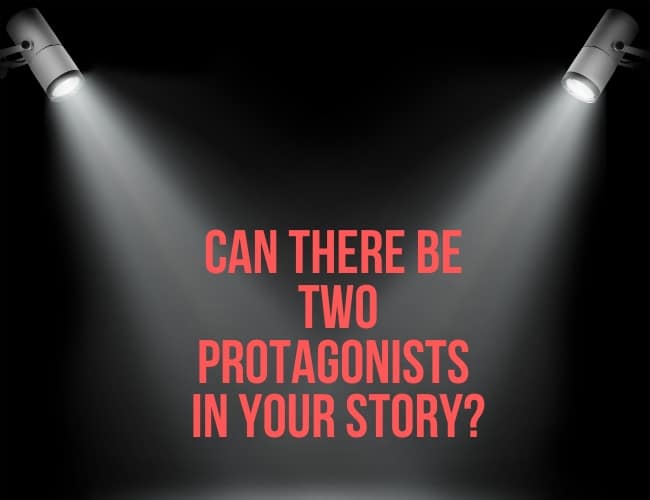
by Joe Bunting |
Characters are the heart of any story. There are plenty of methods out there to help your character development. But when it’s time to give your characters shape and definition, don’t waste time on extensive questionnaires that get you weighed down in details.

by Ruthanne Reid |
Here’s the underlying principle: your characters are people. People are complicated; I suspect you might know a few. Characters are much the same way. Your reader will relate to them if they behave like people, and for characters to behave like people, they need to be built like people.
You need to know your characters like you do other humans, and these six prompts will help you pull that off.

by Joe Bunting and Abigail Perry |
How do you create memorable characters? What’s characterization, and how does a writer turn a name on a page into a person so vivid and compelling that you imagine they’re real?
In this article, you’ll learn what characterization is, when it matters, and how to apply it to your characters and stories. You’ll also see some examples of characterization, and explanations of when not to prioritize characterization over other story elements.

by Joslyn Chase |
Recall a time you made an effort to get someone to like you. Did you try to get them to relate to you, or want to spend more time with you? It’s kind of the same way with the main character in your book. Readers finish books when they care about what happens to the protagonist. To accomplish this, you need to craft a sympathetic character.
When you write a book, you’re asking readers to invite your character into their homes, their hangouts, their lives. It’s important to create a protagonist your reader wants to spend time with and that they care about enough to stick around to find out what happens to them.
Without that vital concern, suspense cannot be sustained. And without suspense, the reader will lose interest in your story. I talked about this in depth in my post on suspense.
Today, let’s talk about how to make your readers like—if not love—your characters so that you can sustain suspense in your book.

by Sarah Gribble |
You’ve probably heard this one before: Your character must change throughout the course of your story. Characters need to transform.
I see a lot of confusion over this concept. Writers can normally nail the change (weak to strong; bad to good; cynical to optimistic) but it often comes from a weird place that doesn’t sit quite right with what we know about the protagonist. Or it’s too big of a change (or too much of a “fairy tale ending”) to be believable.
Writers think that great characters need drastic changes, but this isn’t always the case.
Let’s take a look at how writers should deal with character change, and how creating a character arc might make for a more interesting cast and plot.

by Abigail Perry |
We’ve seen movies and read books. We know the protagonist when we see her. However, as I mentor and edit authors, I’ve had more and more writers ask me the big question: “Can you have multiple main characters in a story?”
Yes, you can. But should you?








